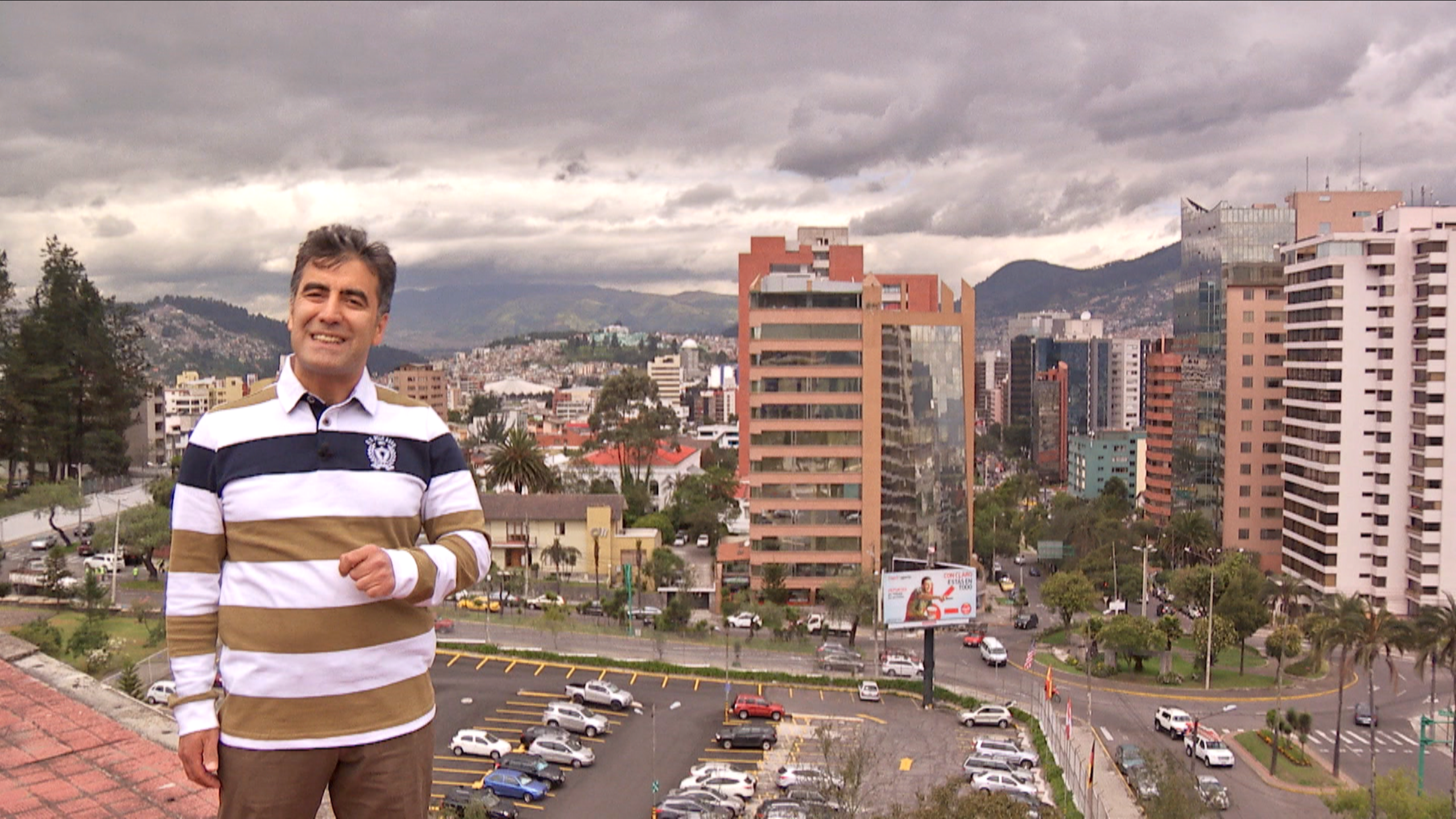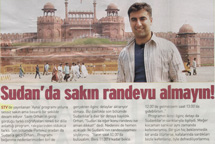The symbol of Côte d’Ivoire is the elephant, and in fact, many of the cities here often have a statue of an elephant in their centers. The country’s national soccer team is nicknamed “The Elephants.” You can spend a night in the Hotel Ivoire in Abidjan for $100. Keep in mind that Abidjan is a city of contrasts, with modern skyscrapers clashing with tin shacks everywhere.
Côte d’Ivoire is one of the world’s leading exporters and producers of coffee, cocoa beans and palm oil. There are enormous farms here, and a full 70 percent of people here work in agriculture, making it a critical part of the nation’s economy.
Boat tour of the lagoons
A good way to get to know the city of Abidjan is to rent a boat or go on a boat tour. This is neither a river nor a sea tour, but instead a lagoon tour. Lagoons are bodies of water that are basically inland pools of ocean water connected to the ocean. There are 16 lagoons along the Côte d’Ivoire shoreline, and they stretch a total of 120 kilometers and cover 37,000 hectares.
At the beginning of the three-hour lagoon tour, we pass the Palace of the Culture of Abidjan, built by the Chinese in 1999. This center, with a capacity of 9,400, was bestowed on Côte d’Ivoire’s government as a gift from the Chinese. The roof of the palace is built to resemble a bird’s wing. Passing under the De Gaulle bridge, which is 592 meters long and 11 meters wide, the influence of the French can be felt throughout Côte d’Ivoire.
Interestingly, a 16-person plane bought in 1979 for the then-President Félix Houphouët-Boigny is today used as a children’s library. The district of Marcory is dominated by Lebanese residents now, but the original founder of this district was apparently a Frenchman named Marcory, who owned palm tree farms.
The district of Cocody, and after it the skyscraper-filled Le Plateau, look really wonderful from the boat as we tour the lagoon. The Hotel Ivoire Abidjan was built in 1963 and is 108 meters high; it was privatized in 1975. The Houphouët-Boigny Bridge, which is 372 meters long and 25 meters wide, was built and entered into service in 1958. We pass by an enormous flour factory, and next to it, a huge windmill built in 1963.
The Port of Abidjan was formed in 1950, and is composed of three different sections. François Mitterrand, then a French government minister, attended the opening of this port in 1951. France, it seems, did not intend to leave Côte d’Ivoire and made actual investments in the country, as opposed to other African nations where it simply colonized without real investment. The port of Abidjan is one of Africa’s most active ports today. It has a depth of 12.5 meters and has 34 berths. This is the spot from which exports such as coffee, cocoa beans and palm oil head out into the world.
Another important source of revenue for Côte d’Ivoire is fishing. There are 400,000 tons of fish caught annually along the shores of Côte d’Ivoire . Of these, 235,000 tons are consumed by the domestic market while the rest is exported. Tuna fish get loaded onto ships in the port, from where hundreds of ships take off every day for deeper waters. Interestingly, a full 70 percent of the people working in the fishing sector are women.
Further into the lagoon, there are some beautiful islands. These islands are inhabited by some exceedingly rich residents of Abidjan. There are some splendid villas here, and the landscape is stunning. As it turns out, most of the residents of these islands are white, and of these, most are French. While the rest of Europe lives out its cold wintry days, here, the French are enjoying warmer weather on the beach. People arrive on these islands by helicopter or boat.
There are many motorboats circling the islands, especially on the weekends, when rich residents of Abidjan come here especially to relax and enjoy the sands.
One of the islands here is called “Billionaires’ Island.” As you can see from the name, it is truly an enclave of the super rich. We notice people swimming in the water off the island, which itself is covered in coconut trees. After passing this enclave of the wealthy, we head back towards Abidjan.
This nation, thus, is one in which extreme poverty coexists with incredible wealth. Those who originally colonized the nation carry on their lives of wealth and prosperity, hardly ever setting eyes on those who live in poverty. Our guide, a citizen of Côte d’Ivoire, notes that many local residents have never even seen the natural beauty of islands such as these, and that there is a complete exclusion of local residents from the ample abundance and wealth of life in these sorts of holiday spots.
Back in Abidjan, we encounter two young girls selling goods on the street; their names are Sali and Fatu. Each carries a tray on her head. One is selling sweet yam while the other sells coconut. They try to help their families out by selling these things. They carry bags of water in their hands and drink from these when they get thirsty. They don’t know exactly how much money they make on a daily basis, but they turn over their profits to their parents straight away.
[QUICK FACTS]
Capital: Yamoussoukro
Official language: French (official),
60 local dialects
Government: multiparty presidential regime
President: Laurent Gbagbo
Area: 322,463 square kilometers
Population: 20,617,068*
Gross domestic product (PPP):
$33.85 billion**
Main religions: Islam (38.6 percent),
Christianity (32.8 percent), indigenous
beliefs (11.9 percent), none (16.7 percent)
*July 2009 estimate
**2008 estimate.






























